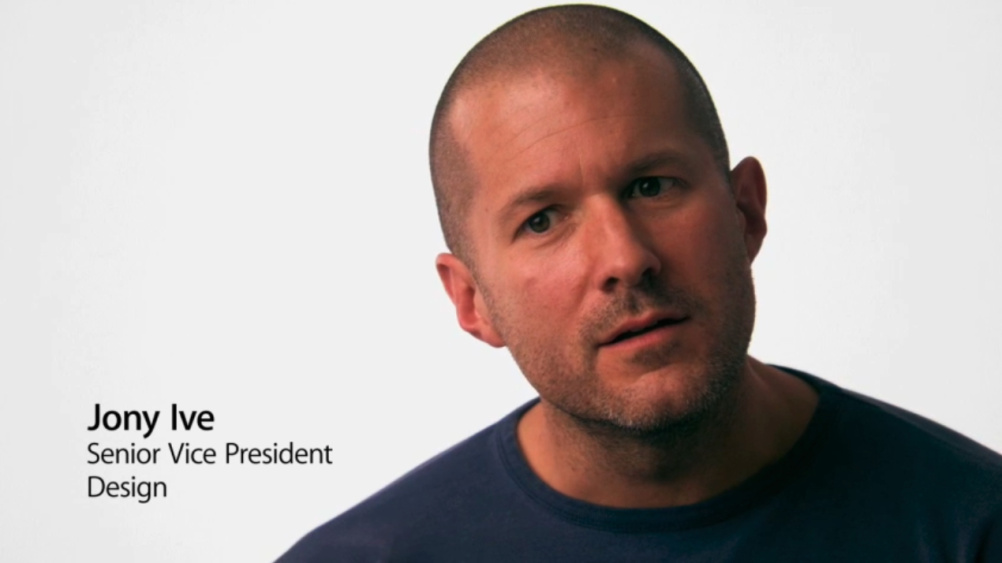The enigmatic Mr Ive
Journalist Leander Kahney’s biography of Jony Ive – soon to be published in paperback – is packed full of compelling characters.

Source: marcopako
There’s the swashbuckling Robert Brunner, who set up Apple’s in-house design studio ‘in a sea of engineers’. There’s the visionary Clive Grinyer and the thoughtful Martin Darbyshire, who gave Ive his first break at consultancy Tangerine. And of course there’s the uncompromising, inimitable Steve Jobs, whose tantrums and perfectionist drive dominate the latter half of the book.
Throughout though, one character remains somewhat mysterious – almost in the shadows. It’s Ive himself: quiet, unassuming, perfectionist, genius.
Kahney is one of the world’s leading Apple experts and has already authored books Inside Steve’s Brain and Cult of Mac.
He leaves no stone unturned as he tells the story of Ive’s rise from softly-spoken design student to the world’s leading creative powerhouse.
But even Kahney’s sterling work fails to turn much other than a smooth and almost seamless journey to design domination.
There’s the occasional bump in the road – notably a disastrous Tangerine presentation to bathroom company Ideal Standard. As it was Comic Relief Day, the disgruntled client was wearing a giant foam red nose.
The most interesting parts of the story are probably the attempts, first by Brunner and then by Ive, to instil a design culture at Apple.
Knowing what we now know about Apple it seems inconceivable that Brunner, back in the 1990s, had trouble attracting talent to the tech giant. So much so that he took to running conceptual projects as ads in the back of I.D. magazine in a bid to change perceptions of the company.
Brunner’s most famous hire was, of course, Ive – but even this took three attempts, with Brunner finally luring him in after engaging Tangerine in a consultancy project (actually an elaborate ruse to poach Ive).
And there’s a rare peek inside the top-secret Apple design studio later set up by Ive, of which only one public photo exists.
From here, we learn, Ive dictates the company’s future from his Hille Supporto chair inside his 4x4m glass cube office.
It’s only toward the end of the book that we get a hint of the ego that must drive Ive. There are the 2011 press rumours that he might quit Apple, which led to the company paying him a $30 million cash bonus.
There’s also a hint of the tension that must have lain between Ive and Jobs. Ive is quoted as saying, ‘I’ll be sitting in the audience and he [Jobs] will be talking about things as if they were his idea.
‘I pay maniacal attention to where an idea comes from, and I even keep notebooks filled with my ideas. So it hurts when he takes credit for one of my designs.’
But elsewhere in the book Ive comes across as humble, committed, hard-working and – of course – outrageously talented.
As Kahney concludes, ‘Jony’s career has been marked by connections and conicidences. But if there have been a few lucky breaks, it is equally true that he made his own luck.’
Jony Ive: The Genius Behind Apple’s Greatest Products is published in paperback by Penguin priced at £9.99.





When Bob Brunner hired our company to do searches for industrial designers, we were able to provide 4 individuals he thought well enough to hire. I do not recall that designers were not interested in working with Apple at the time, but I am not surprised. Apple was not inundated then by international interest from designers seeking to work there as it became once the accomplishments under Brunner became known. Entering competitions, contributing to blogs, writing articles, being interviewed, and speaking to groups increases the organization’s design activity profile and is a great recruiting tool for companies who have just begun to capitalize on what can be design’s value to achieving objectives. Also attracts top of their game marketing and engineering people.